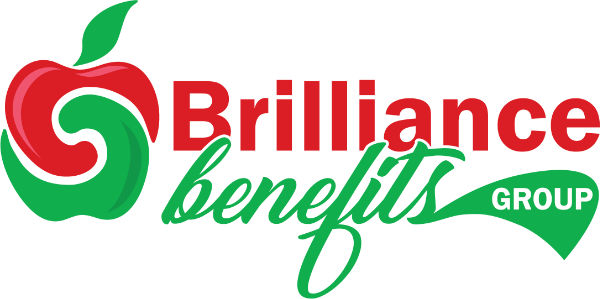Losing a parent is one of the hardest things anyone can go through, especially at 21. In addition to the emotional weight, there are practical challenges too. One of those is health insurance.
Most young adults can stay on a parent’s plan until they’re 26, but when the parent holding that insurance passes away, coverage ends. No exceptions. That’s what happened to one young person who recently reached out to us.
They had already done some research and signed up for a plan they thought was decent. But then they got connected to us. And we thought: Let’s just double-check and see if there’s anything better out there.
We ran a search and, sure enough, we found a plan that wasn’t just better. It was half the price.
When we shared the news, the remaining parent was overjoyed. Not only was their child getting better coverage, but it came with real savings at a time when every dollar counts.
It’s moments like these that remind us why we do what we do. Health insurance can be complicated, especially when life throws a curveball. We’re here to help.
Would you like assistance in selecting the health insurance plan that’s best suited to your household? Call us today!
The Age 26 Cutoff Isn’t a Guarantee.
The Affordable Care Act (ACA) normally allows young adults to stay on a parent’s plan until age 26. But that assumes the parent is still enrolled in that plan. If the parent was the one who carried the policy (whether through an employer or a private marketplace plan) and they pass away, the plan typically terminates. That means the child, even if only 21 or 22, no longer has coverage.
This can come as a shock. Many young people assume they’re still protected because of the “under 26” rule. But the rule is only valid as long as the policy exists.
Common Pitfalls When Young People Shop for Insurance on Their Own
1. Overpaying for a Plan That Looks “Safe”
It’s natural to want security after going through a loss. Many young people end up picking a higher-tier plan (like a Gold plan) or something with a brand name they recognize (even if it’s more than they really need). Without comparing, it’s easy to assume you’re getting the best value when, in reality, you might be paying twice as much as necessary for the same benefits.
Case in point: In the story we shared earlier, a 21-year-old picked a plan that looked decent. But we found something better at half the cost.
2. Being Conscious of Provider Networks
Just because a plan sounds great on paper doesn’t mean your doctor (or your preferred clinic) is in-network. This is one of the most common oversights — especially for students or young adults who move between cities or live part-time in another county.
In North Carolina, provider networks can vary significantly by region, even within the same insurance company. So always double-check: Is this plan accepted where I actually get care?
3. Missing Out on Subsidies and Cost-Saving Programs
A lot of people, especially first-time shoppers, don’t realize they qualify for financial help.
If you’re not using the official ACA marketplace (Healthcare.gov in North Carolina), you could be missing out on:
- Premium tax credits that lower your monthly cost
- Cost-sharing reductions (available only with Silver plans) that lower deductibles and out-of-pocket costs
These programs are income-based, and many young adults may qualify without realizing it.

